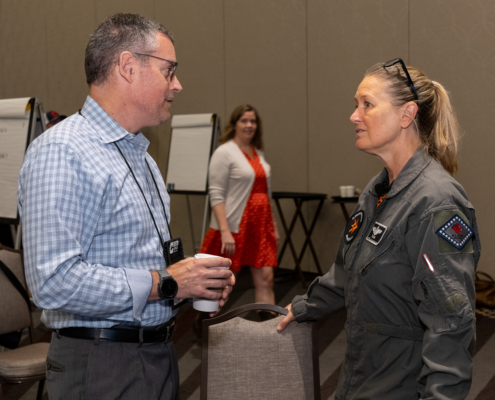 https://www.afterburner.com/wp-content/uploads/2024/11/High-Impact-Leader-Crete2024Summit-677-scaled.jpg
1707
2560
Ansley Anchors
/wp-content/uploads/2024/07/Afterburner-Logo-Resize-Fullcolor-300x93.png
Ansley Anchors2024-11-05 10:52:592024-11-20 14:55:53The Top 5 Attributes of a High-Impact Leader
https://www.afterburner.com/wp-content/uploads/2024/11/High-Impact-Leader-Crete2024Summit-677-scaled.jpg
1707
2560
Ansley Anchors
/wp-content/uploads/2024/07/Afterburner-Logo-Resize-Fullcolor-300x93.png
Ansley Anchors2024-11-05 10:52:592024-11-20 14:55:53The Top 5 Attributes of a High-Impact Leader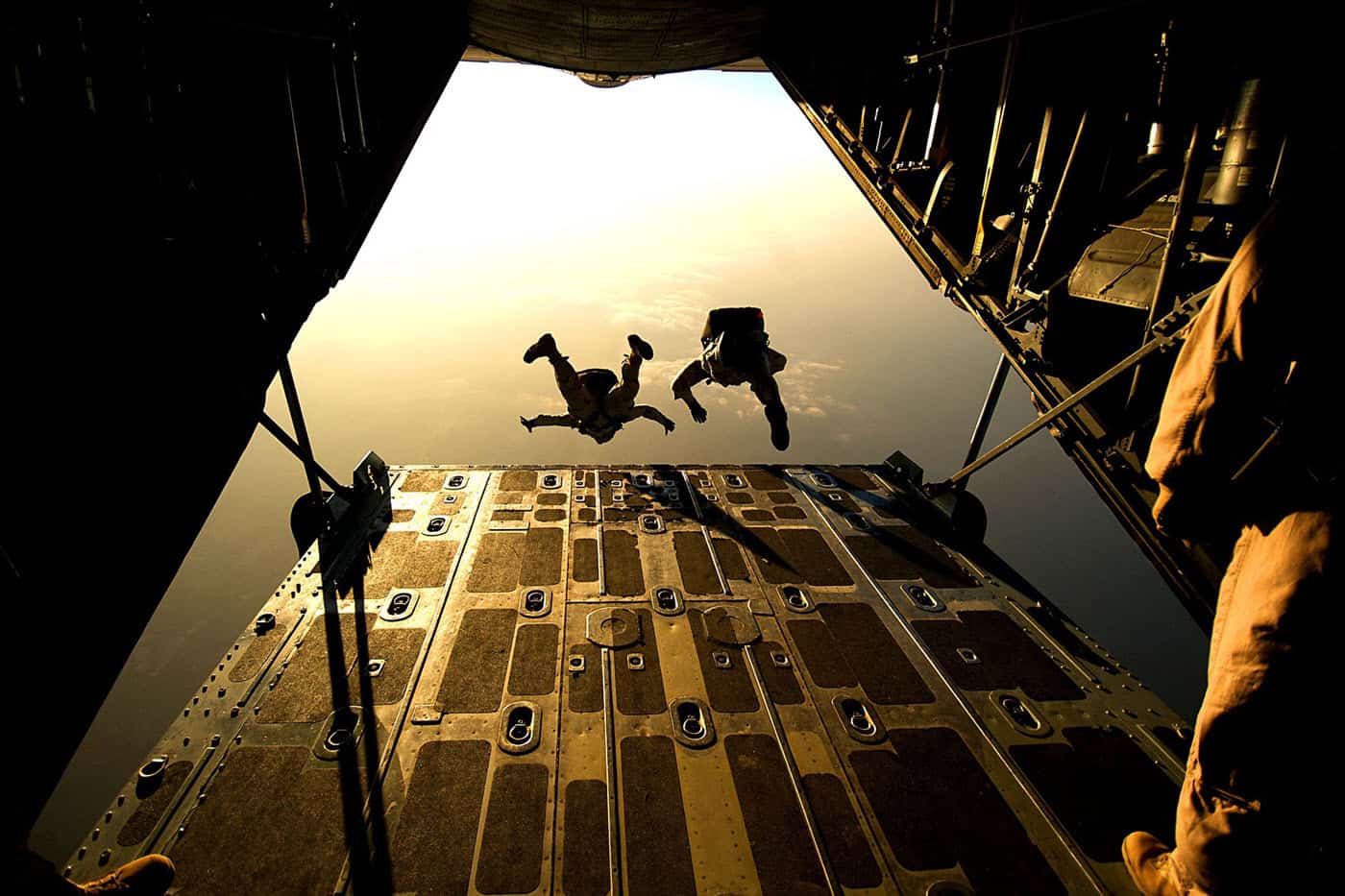
“Viper 21 Flight, be advised, we are reporting direct attacks from multiple enemy snipers as well as an enemy mortar team. We have suffered several military and a dozen civilian casualties. We have inbound rescue helicopters and we need to clear this area immediately. We need your bombs on those enemy positions NOW!”
As the flight lead of Viper 21 Flight (2x F-16s fully loaded with GPS and Laser guided bombs – as well as 510 rounds for our 20 mm cannons). I realized my timeline was tight. The voice on the other end of the radio was doing his best to sound confident, but I could hear the screaming in the background…I KNEW that we were losing this fight. If I didn’t remove this threat quickly, more lives would be lost, and the rescue mission would be scrubbed.
It was 2009, and we were orbiting over the most hostile place on the planet – the Barge Matal region of Afghanistan. Barge Matal was located at the base of a narrow valley between two of the highest mountains I’d ever seen – and I grew up near the Montana Rockies. The valley was so narrow, that only one F-16 could fly through at a time. The other had to complete their orbit on the other side of the mountain range. This diluted our ability to share critical information with each other in a time-constrained mission. Due to the remote location, I had zero communication with my higher headquarters or additional support assets.
As you might have guessed, this was the definition of a highly complex, dynamic and rapidly changing environment! Barge Matal was critical because it provided an access route for Taliban resupply missions in and out of Pakistan. If we lost this foothold, it would take our soldiers another month to get it back. We needed to maintain this outpost if we intended to push the Taliban out of Afghanistan for good.
My wingman was a young Lieutenant Ben “SLAM” Meier. I heard from the other flight leads that he knew his stuff, but this was our first opportunity to fly together. As we approached the location, I knew what we would need to do:
- I’d use my onboard sensors to generate precise GPS coordinates.
- Once I created the coordinates, I’d have only a couple of seconds to pass that information to SLAM so he could program his GPS guided bombs.
- He would have to rapidly upload the data, verify the solution and release his weapons on the target in less than 30 seconds – the valley was too tight for a mistake.
I knew that I was capable of executing such a complicated attack, but was he up to the challenge? Did he have the knowledge, skills, and abilities to ensure the weapons were dropped correctly, with precision and on time? Could I trust him?
With only moments to spare, I passed the coordinates to my young wingman…
You see, in my community (combat aviation), we must TRUST the men and women flying next to us. The reason we can have that intimate level of trust is because we have a solid foundation, a PLATFORM, which is built on World-Class Training and Standard Operating Procedures. Every single Fighter Pilot, Navy SEAL, Green Beret and Airborne Ranger realizes that their lives depend on detailed knowledge of their organizational standards and the quality of training to which we must adhere.
Team Building Training Helps to Close the Performance Gap
But what about in the world of business? Does your business have a culture focused enough on standards and training t become an agile team? Every organizational model must have a solid Platform: at the foundation of any great business are your people. You must equip them with great Training and then the organization must invest the time and effort to develop Standard Operating Procedures that will allow your teams to operate in a task saturated environment.
Academic research has proven the value of a solid organizational platform. According to a 2014 study by the American Society for Training and Development, companies that offer comprehensive training programs have 218% higher income per employee and enjoy a 24% higher profit margin than those organizations who spend less on training! Furthermore, according to a recent article in Forbes, Standard Operating Procedures actually drive innovation and creativity amongst employees.
That’s great Finch, you’re probably thinking, but “What happened to SLAM? Did he successfully accomplish the mission?”
Well, his skills were the result of first-class training and he perfectly adhered to our established execution standards…
So what do you think?
I put my trust in SLAM and passed him the coordinates for the hostile forces, within moments, he verified the coordinates and locked onto his target. His attack parameters were pristine and he followed the procedures perfectly…
Ben “SLAM” Meier saved countless lives that day because he fell back on a solid platform of training and standards. As an organization, our platform was solid as a rock.
How solid is your Platform?
David “Finch” Guenthner is a 2003 graduate of the United States Air Force Academy and a current member of the Montana Air National Guard. While serving on active duty, Finch accrued almost 2000 hours in the F-16C Fighting Falcon and the T-38C Talon (a fighter/bomber trainer). Finch has Flawlessly Executed 80 combat missions in Iraq and Afghanistan, where he was awarded 4 Air Medals for his actions. Based on his performance, he was selected as one of just ninety Air Force representatives to handle the movement of Air Force One. In addition to providing world-class consulting services for Afterburner, Finch is also a contributing editor for a not-for-profit, non-partisan website that hopes to spur responsible change in our federal government and make it more responsive to the needs of the people.
Share This Post
More Like This
 https://www.afterburner.com/wp-content/uploads/2024/11/High-Impact-Leader-Crete2024Summit-677-scaled.jpg
1707
2560
Ansley Anchors
/wp-content/uploads/2024/07/Afterburner-Logo-Resize-Fullcolor-300x93.png
Ansley Anchors2024-11-05 10:52:592024-11-20 14:55:53The Top 5 Attributes of a High-Impact Leader
https://www.afterburner.com/wp-content/uploads/2024/11/High-Impact-Leader-Crete2024Summit-677-scaled.jpg
1707
2560
Ansley Anchors
/wp-content/uploads/2024/07/Afterburner-Logo-Resize-Fullcolor-300x93.png
Ansley Anchors2024-11-05 10:52:592024-11-20 14:55:53The Top 5 Attributes of a High-Impact Leader https://www.afterburner.com/wp-content/uploads/2024/09/fighter-jet-performing-quick-ariel-maneuver.jpeg
1280
1920
Nate Riggins
/wp-content/uploads/2024/07/Afterburner-Logo-Resize-Fullcolor-300x93.png
Nate Riggins2024-01-02 19:53:032024-11-20 14:55:544 Ways to Boost Your Team’s Morale and Hit Your Revenue Targets
https://www.afterburner.com/wp-content/uploads/2024/09/fighter-jet-performing-quick-ariel-maneuver.jpeg
1280
1920
Nate Riggins
/wp-content/uploads/2024/07/Afterburner-Logo-Resize-Fullcolor-300x93.png
Nate Riggins2024-01-02 19:53:032024-11-20 14:55:544 Ways to Boost Your Team’s Morale and Hit Your Revenue Targets https://www.afterburner.com/wp-content/uploads/2024/09/Group_Meeting_2-1.jpeg
1707
2560
Nate Riggins
/wp-content/uploads/2024/07/Afterburner-Logo-Resize-Fullcolor-300x93.png
Nate Riggins2024-01-02 18:26:092024-11-20 14:55:54Fueling Business Agility: The Strategic Pivot
https://www.afterburner.com/wp-content/uploads/2024/09/Group_Meeting_2-1.jpeg
1707
2560
Nate Riggins
/wp-content/uploads/2024/07/Afterburner-Logo-Resize-Fullcolor-300x93.png
Nate Riggins2024-01-02 18:26:092024-11-20 14:55:54Fueling Business Agility: The Strategic Pivot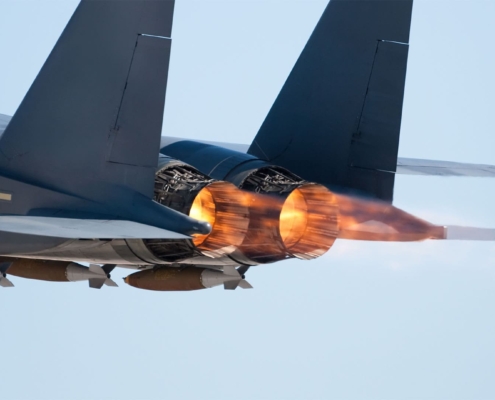 https://www.afterburner.com/wp-content/uploads/2024/09/airborn-fighter-jet-using-afterburners-1.jpeg
1080
1920
Nate Riggins
/wp-content/uploads/2024/07/Afterburner-Logo-Resize-Fullcolor-300x93.png
Nate Riggins2024-01-02 18:19:252024-11-20 14:55:55Combat Distractions and Boost Your Revenue – Fighter Pilot-Style
https://www.afterburner.com/wp-content/uploads/2024/09/airborn-fighter-jet-using-afterburners-1.jpeg
1080
1920
Nate Riggins
/wp-content/uploads/2024/07/Afterburner-Logo-Resize-Fullcolor-300x93.png
Nate Riggins2024-01-02 18:19:252024-11-20 14:55:55Combat Distractions and Boost Your Revenue – Fighter Pilot-Style https://www.afterburner.com/wp-content/uploads/2024/09/jamie-street-_94HLr_QXo8-unsplash-1.jpeg
1380
2048
Nate Riggins
/wp-content/uploads/2024/07/Afterburner-Logo-Resize-Fullcolor-300x93.png
Nate Riggins2024-01-02 15:02:302024-11-20 14:55:553 Steps New Leaders Must Include in Their Strategic Planning Process
https://www.afterburner.com/wp-content/uploads/2024/09/jamie-street-_94HLr_QXo8-unsplash-1.jpeg
1380
2048
Nate Riggins
/wp-content/uploads/2024/07/Afterburner-Logo-Resize-Fullcolor-300x93.png
Nate Riggins2024-01-02 15:02:302024-11-20 14:55:553 Steps New Leaders Must Include in Their Strategic Planning Process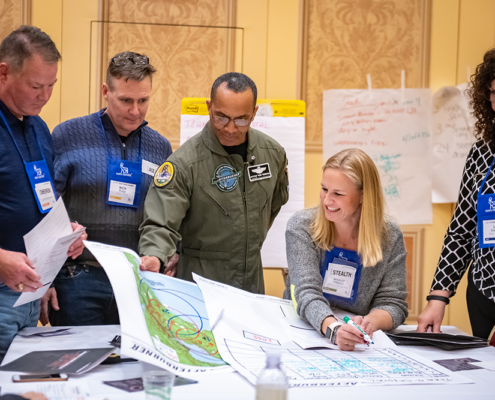 https://www.afterburner.com/wp-content/uploads/2024/09/team-looking-at-map-to-focus-on-improving-teamwork-in-the-workplace-1.png
667
1000
Nate Riggins
/wp-content/uploads/2024/07/Afterburner-Logo-Resize-Fullcolor-300x93.png
Nate Riggins2024-01-02 03:00:272024-11-20 14:55:554 Tips for Improving Teamwork in the Workplace
https://www.afterburner.com/wp-content/uploads/2024/09/team-looking-at-map-to-focus-on-improving-teamwork-in-the-workplace-1.png
667
1000
Nate Riggins
/wp-content/uploads/2024/07/Afterburner-Logo-Resize-Fullcolor-300x93.png
Nate Riggins2024-01-02 03:00:272024-11-20 14:55:554 Tips for Improving Teamwork in the Workplace https://www.afterburner.com/wp-content/uploads/2024/09/planning-1.jpeg
933
1400
Nate Riggins
/wp-content/uploads/2024/07/Afterburner-Logo-Resize-Fullcolor-300x93.png
Nate Riggins2023-05-02 20:23:162024-11-20 14:55:58Using Brain Chemistry For Building High-Performance Teams
https://www.afterburner.com/wp-content/uploads/2024/09/planning-1.jpeg
933
1400
Nate Riggins
/wp-content/uploads/2024/07/Afterburner-Logo-Resize-Fullcolor-300x93.png
Nate Riggins2023-05-02 20:23:162024-11-20 14:55:58Using Brain Chemistry For Building High-Performance Teams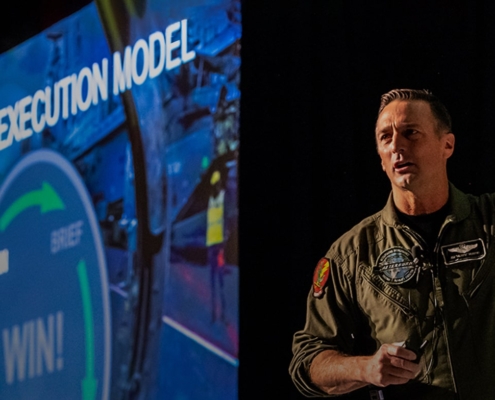 https://www.afterburner.com/wp-content/uploads/2024/09/afterburner-banner-image-ceo-jim-murphy-giving-a-presentation_crop-1.jpeg
784
1920
Nate Riggins
/wp-content/uploads/2024/07/Afterburner-Logo-Resize-Fullcolor-300x93.png
Nate Riggins2022-11-14 21:30:142024-11-20 14:55:58What If Your Teams Were Truly High Performing?
https://www.afterburner.com/wp-content/uploads/2024/09/afterburner-banner-image-ceo-jim-murphy-giving-a-presentation_crop-1.jpeg
784
1920
Nate Riggins
/wp-content/uploads/2024/07/Afterburner-Logo-Resize-Fullcolor-300x93.png
Nate Riggins2022-11-14 21:30:142024-11-20 14:55:58What If Your Teams Were Truly High Performing?
Top Three Threats to Employee Morale in Today’s Economy
Business Culture, Leadership, Motivation, Team BuildingAbout Us
Building Strong Teams Through the Guidance of Fighter Pilot Keynote Speakers.

